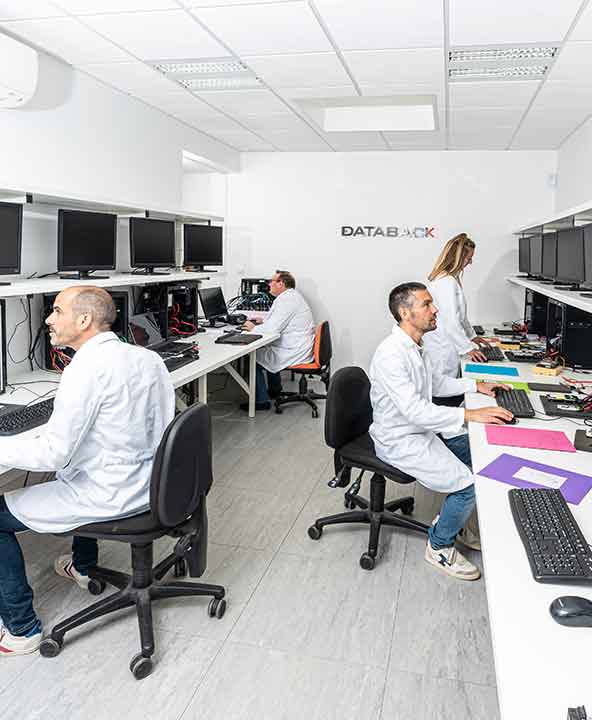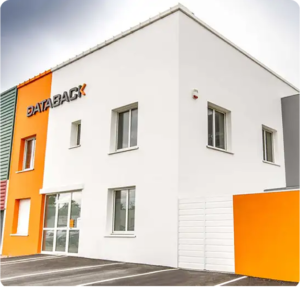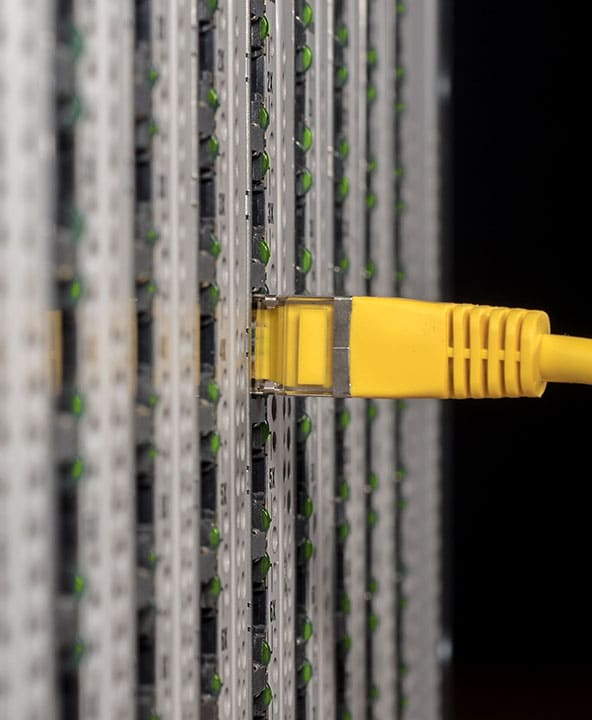
How RAID 10 works: striping and mirroring
RAID 10 or RAID 1+0 is one of the RAID systems offering a combination of several architectures. In this case, it consists of several RAID 1 clusters, themselves aggregated into a RAID 0“super-cluster”. Using the striping principle, data is segmented and striped across the RAID 1 clusters in this array. Furthermore, within each logical unit comprising a RAID 1 array, data is replicated by mirroring and written simultaneously to the disks making up the array.
The RAID 0 configuration brings high performance to the whole system, reducing access times and increasing data processing speed. Thanks to the perfect redundancy provided by mirroring, RAID 10 is also highly fault-tolerant. However, this reduces storage capacity: for a system with N disks, this corresponds to the size of the smallest disk multiplied by half N.
This makes RAID 10 particularly suitable for application servers and databases. However, its architecture and redundancy system add to its hardware requirements. It requires a combination of at least four hard disks (at least two for each RAID 1 array, and at least two RAID 1 arrays to make up the RAID 0 array). By its very nature, RAID 10 is the most costly system. It should therefore be reserved for the storage of sensitive or critical data.


















